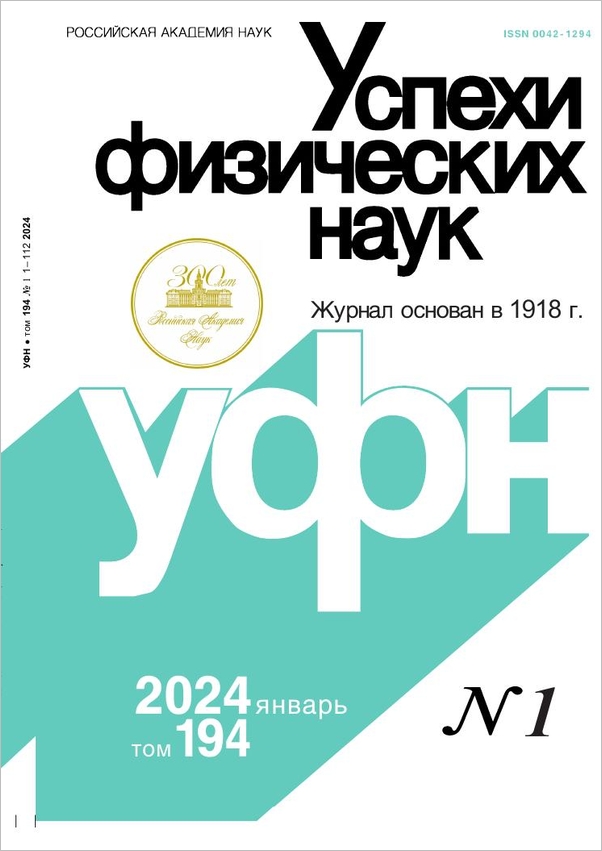|
This article is cited in 11 scientific papers (total in 11 papers)
REVIEWS OF TOPICAL PROBLEMS
Wavelets for the space-time structure analysis of physical fields
P. G. Frickab, D. D. Sokoloffcde, R. A. Stepanovfa
a Institute of Continuous Media Mechanics, Ural Branch of the Russian Academy of Sciences, Perm
b Perm State National Research University
c Faculty of Physics, Lomonosov Moscow State University
d Moscow Center for Fundamental and Applied Mathematics
e Pushkov Institute of Terrestrial Magnetism, Ionosphere, and Radio Wave Propagation, Russian Academy of Sciences, Troitsk, Moscow
f Perm State National Research Polytechnical University
Abstract:
Spectral analysis, based on the Fourier method, is a general tool in physics. Wavelets appeared as a natural generalization of classical spectral analysis to the case of complex nonstationary and spatially inhomogeneous systems, for which a comparison with an infinite sinusoid, which forms the basis of the Fourier method, has to be replaced by a comparison with a finite wave packet, which is known as a wavelet. In this review, the authors, based largely on their own experience of application wavelet analysis in astro- and geophysics, solar-terrestrial relations, as well as climatology, medical physics, and laboratory hydrodynamic experiments, demonstrate the possibilities and discuss the practical aspects of the application of the wavelet apparatus to the interpretation of signals and images of various physical natures.
Received: August 8, 2020
Revised: October 20, 2020
Accepted: October 25, 2020
Citation:
P. G. Frick, D. D. Sokoloff, R. A. Stepanov, “Wavelets for the space-time structure analysis of physical fields”, UFN, 192:1 (2022), 69–99; Phys. Usp., 65:1 (2022), 62–89
Linking options:
https://www.mathnet.ru/eng/ufn6896 https://www.mathnet.ru/eng/ufn/v192/i1/p69
|


| Statistics & downloads: |
| Abstract page: | 411 | | Full-text PDF : | 96 | | References: | 56 | | First page: | 16 |
|



 Contact us:
Contact us: Terms of Use
Terms of Use
 Registration to the website
Registration to the website Logotypes
Logotypes